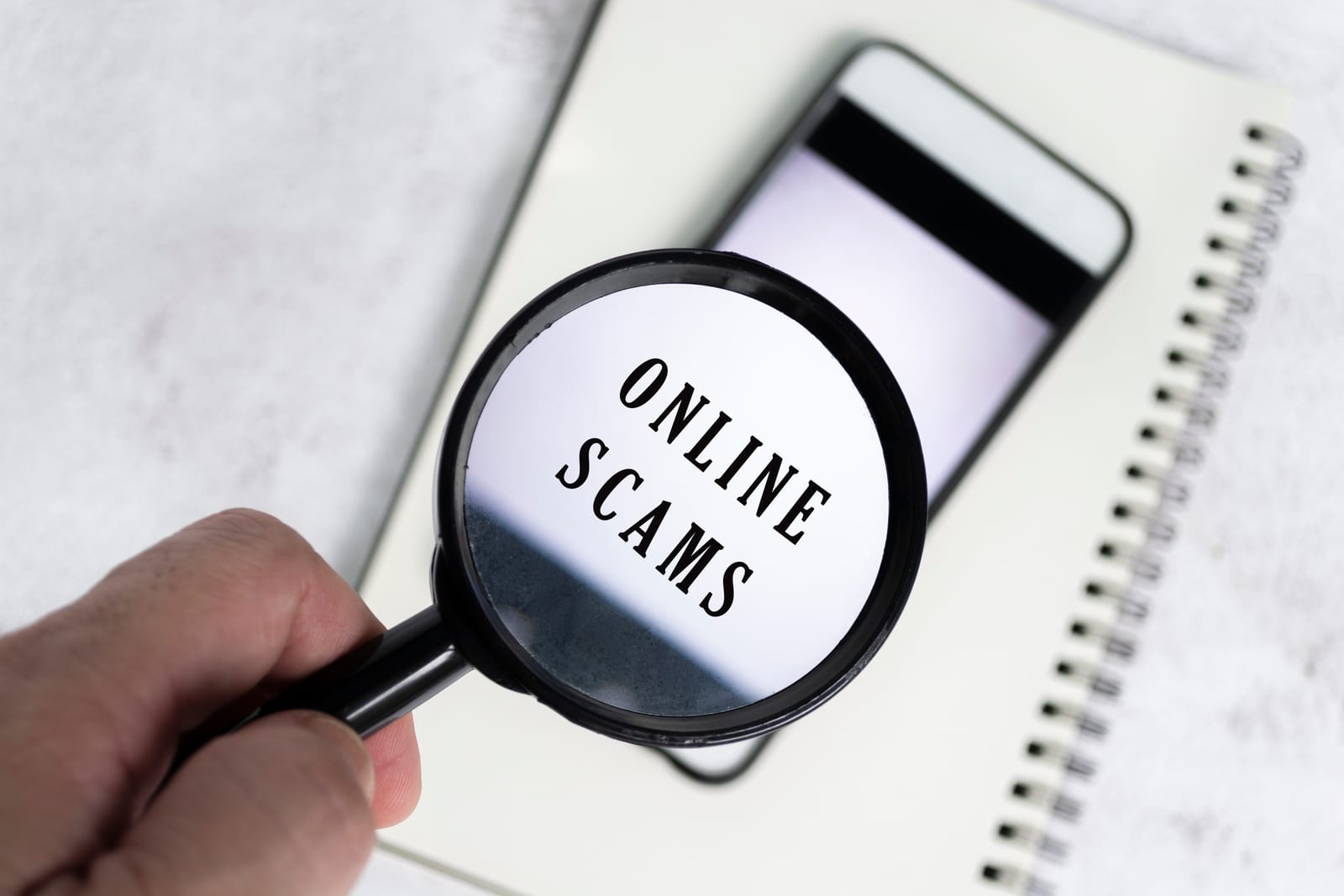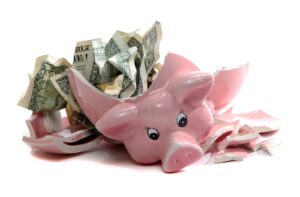In today’s digital economy, PayPal is a go-to platform for millions—but it’s also a prime target for scammers. One of the most common tactics? Fake PayPal payment request scams designed to trick you into sending money or revealing personal information. Understanding these scams and knowing how to spot them can save you from significant financial harm.
Why PayPal Scams Are on the Rise
Scammers are increasingly sending fraudulent emails that look like official PayPal messages. These emails often claim you need to authorize a payment or resolve an issue with your account. In reality, they’re phishing attempts—crafted to steal your login credentials, financial data, or even your money.
Common Red Flags of a Fake PayPal Payment Request
Here’s how to tell if a PayPal email is a scam:
✅ Suspicious Sender Email Address
Legitimate PayPal emails always come from “@paypal.com”. Be wary of addresses like “paypal-secure.com” or “paypal-update.info.”
✅ Generic Greetings
Authentic PayPal emails address you by your full name. Scams often start with “Dear Customer” or “Dear User.”
✅ Urgent or Threatening Language
Scam emails try to scare you into action—claiming your account will be frozen or you’ll face legal trouble.
✅ Requests for Personal Information
PayPal never asks for your password, credit card number, or Social Security number in an email.
✅ Suspicious Links or Attachments
Phishing emails include fake links or dangerous attachments. Never click—hover your mouse to inspect the real URL.
✅ Grammar and Spelling Errors
Misspellings and awkward language are common in scam messages. PayPal’s official emails are professionally written.
✅ Unexpected Payment Requests
If you receive a payment request out of the blue, it’s a red flag. Contact the sender through verified channels to confirm.
How to Verify If a PayPal Request Is Legit
When in doubt, follow these steps to protect yourself:
Don’t Click on Email Links
Manually type www.paypal.com into your browser to access your account securely.
Check Your PayPal Dashboard
Any legitimate payment request or issue will show up in your PayPal account history.
Use the Resolution Center
Visit PayPal’s built-in Resolution Center to address any disputes or reports.
☎️ Contact PayPal Directly
Use only contact details found on PayPal’s official website or app—not those included in the suspicious email.
Best Practices to Avoid PayPal Scams
Enable Two-Factor Authentication (2FA)
This adds a strong layer of protection to your account, preventing unauthorized access even if your password is compromised.
Use Unique Passwords
Never reuse the same password across accounts. Use a password manager to keep your credentials safe.
Keep Software Updated
Regularly update your browser, antivirus software, and operating system to protect against vulnerabilities.
Avoid Public Wi-Fi
Avoid logging into PayPal on public networks. If you must, use a secure VPN.
Be Skeptical of Unsolicited Emails
Even if the message looks real, ask: “Was I expecting this email or payment request?” If not, be cautious. If an offer or request seems too good to be true or unusually urgent, it probably is. Trust your instincts. To be on the safe side, always use an email lookup service to verify the sender’s details before interacting with the message.
Stay Informed
PayPal’s Security Center offers regular updates on the latest scam trends. Make it a habit to check their advisories.
What to Do If You’ve Been Scammed
If you suspect a scam has succeeded, act fast:
Change Your Password
Immediately update your PayPal password—and the passwords of any linked accounts.
Report It to PayPal
Forward suspicious emails to spoof@paypal.com and report the incident through PayPal’s Resolution Center.
Check Your Accounts
Review all linked accounts for unauthorized transactions. Contact your bank if anything looks suspicious.
Report to Authorities
File complaints with your local law enforcement and the FBI’s Internet Crime Complaint Center (IC3.gov).
Monitor Your Credit
Watch your credit report for suspicious activity. Consider placing a fraud alert or credit freeze if necessary.
Final Thoughts: Stay Sharp, Stay Safe
As online scams evolve, your best defense is knowledge. By spotting fake PayPal payment request scams early and following security best practices, you can keep your finances—and peace of mind—intact.
When in doubt, always log in directly at PayPal.com to verify any claims. And remember: no legitimate company will ever pressure you to act fast, reveal sensitive information, or download random attachments.
Stay safe out there—and don’t let scammers win.
FAQs
How can I tell if a PayPal email is fake?
Look for red flags like generic greetings, suspicious sender addresses, and urgent language. Always verify through PayPal.com.
What should I do if I clicked on a suspicious PayPal link?
Immediately change your password, enable two-factor authentication, and report the incident to PayPal’s security team.
Will PayPal ever ask for my Social Security number in an email?
No. PayPal never requests sensitive personal information like SSNs via email.
Can I report PayPal scams to law enforcement?
Yes. Report fraud to your local police and file a complaint with the FBI’s Internet Crime Complaint Center (IC3.gov).
Is it safe to use PayPal on public Wi-Fi?
No. Avoid accessing PayPal over unsecured networks. Use a VPN or wait until you’re on a trusted, secure connection.










